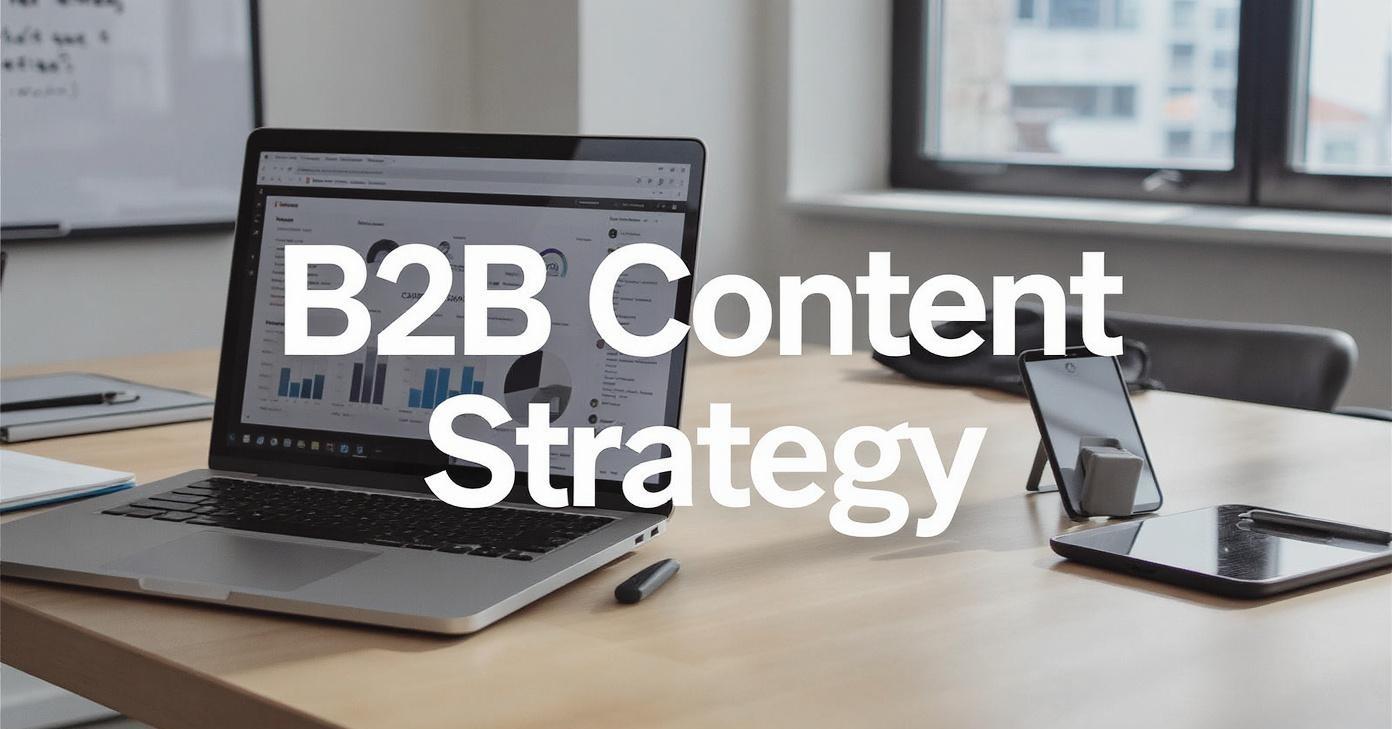Crafting B2B Content Strategy That Speaks Directly to Buyers

A successful B2B Content Strategy requires more than publishing content—it requires alignment with buyer intent. Understanding what motivates prospects and delivering content that addresses their needs at each stage of the journey ensures higher engagement and better lead conversion. Companies that fail to match content to buyer behavior risk low interaction rates and poor ROI from marketing efforts.
Understanding Buyer Intent in B2B Marketing
Buyer intent is the motivation, needs, and challenges that drive potential customers’ actions. In B2B, prospects move through awareness, consideration, and decision stages. Awareness-stage buyers look for educational content such as industry insights, problem-solving tips, or trend analyses. Consideration-stage buyers seek in-depth materials, including whitepapers, webinars, and solution comparisons. Decision-stage buyers prefer content that demonstrates proof of value, like case studies, ROI calculators, and product demos. Recognizing these stages ensures content is tailored to prospect needs.
Research: The Foundation of Smart B2B Content Strategy
Effective content planning starts with research. Gathering insights through CRM data, surveys, analytics, and market research allows marketers to create accurate buyer personas. Understanding audience demographics, behavior, and content preferences enables highly targeted content creation. Competitive analysis also helps identify gaps and differentiation opportunities, giving your content strategy a unique edge while aligning with real buyer intent.
Mapping Content to Buyer Journey Stages
Mapping content to the buyer journey ensures that prospects receive the right information at the right time. Awareness-stage content can include blogs, infographics, and social media posts to educate and attract. Consideration-stage content involves detailed guides, webinars, and whitepapers to help buyers evaluate options. Decision-stage content such as case studies, product demos, and testimonials provides proof to help prospects make informed purchasing decisions. Proper mapping enhances engagement and conversion rates.
Personalization for Buyer Engagement
Personalized content enhances relevance and increases the likelihood of conversion. Using data to segment audiences by role, industry, and behavior allows marketers to deliver highly targeted content. Personalized emails, dynamic website content, and account-based marketing campaigns address specific buyer needs, increasing engagement and accelerating movement through the sales funnel.
Selecting the Right Content Formats
Choosing the right format ensures content resonates with your audience. Blogs and articles provide SEO benefits and educate prospects. Videos, podcasts, and interactive tools engage users actively, while infographics simplify complex topics. Downloadable resources like eBooks and whitepapers provide in-depth insights and help capture leads. A diversified approach ensures that a Smart B2B Content Strategy Aligned with Buyer Intent reaches buyers through formats they prefer.
SEO and Keyword Integration
SEO is essential for content discoverability. Keyword research helps identify phrases buyers use during different stages of their journey. Long-tail keywords often indicate high-intent searches and attract qualified prospects. Optimizing meta titles, headings, descriptions, and internal links improves search rankings. Integrating SEO with buyer-intent-driven content ensures your content reaches the right audience at the right time, driving engagement and lead generation.
Measuring Performance and Analytics
Performance tracking is critical to refining strategy. Metrics such as engagement, click-through rates, lead conversions, and time on page provide insights into content effectiveness. Analytics platforms and marketing automation tools help identify high-performing content and areas needing improvement. Regular measurement ensures the Smart B2B Content Strategy remains aligned with buyer intent and continues generating results.
Multi-Channel Distribution
Effective content distribution amplifies reach and engagement. Email campaigns, social media, LinkedIn posts, paid search, and partnerships ensure content is delivered across multiple channels. Multi-channel distribution increases visibility, supports lead nurturing, and reinforces the overall effectiveness of your B2B content strategy.
Sales and Marketing Alignment
Alignment between sales and marketing enhances content performance. Sales teams provide insights into buyer pain points, objections, and effective messaging, while marketing ensures the right content is available at each stage of the buyer journey. Collaboration improves consistency, nurtures leads efficiently, and strengthens the overall impact of the content strategy.
Continuous Optimization
Continuous improvement ensures the content strategy remains relevant and effective. Testing new formats, messaging approaches, and distribution channels allows marketers to adapt to evolving buyer behavior and market trends. A Smart B2B Content Strategy Aligned with Buyer Intent that evolves continuously maintains competitive advantage and consistently engages high-intent prospects.
About Us : Acceligize is a global B2B demand generation and technology marketing company helping brands connect with qualified audiences through data-driven strategies. Founded in 2016, it delivers end-to-end lead generation, content syndication, and account-based marketing solutions powered by technology, creativity, and compliance.
- Art
- Causes
- Crafts
- Dance
- Drinks
- Film
- Fitness
- Food
- Jocuri
- Gardening
- Health
- Home
- Literature
- Music
- Networking
- Alte
- Party
- Religion
- Shopping
- Sports
- Theater
- Wellness




